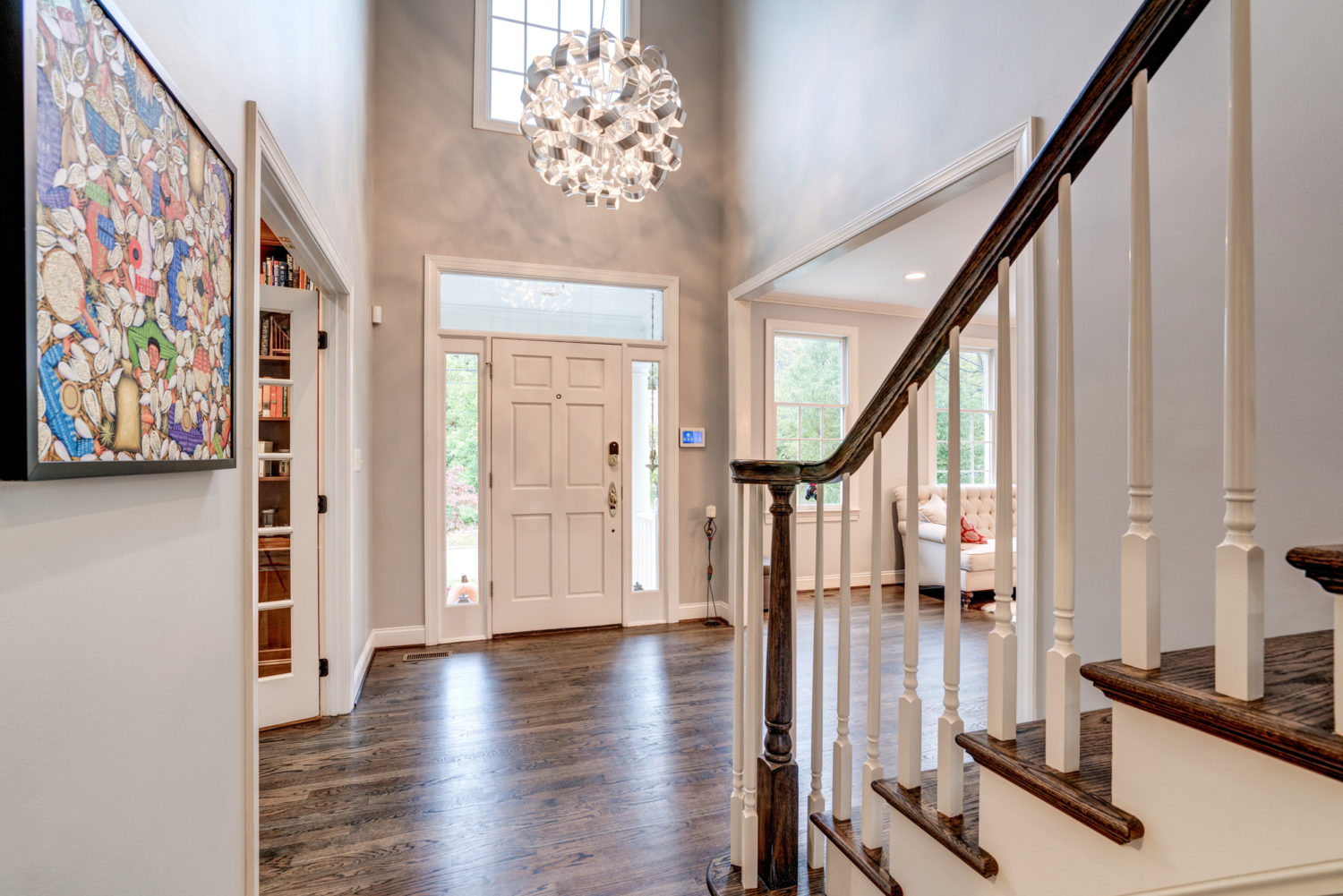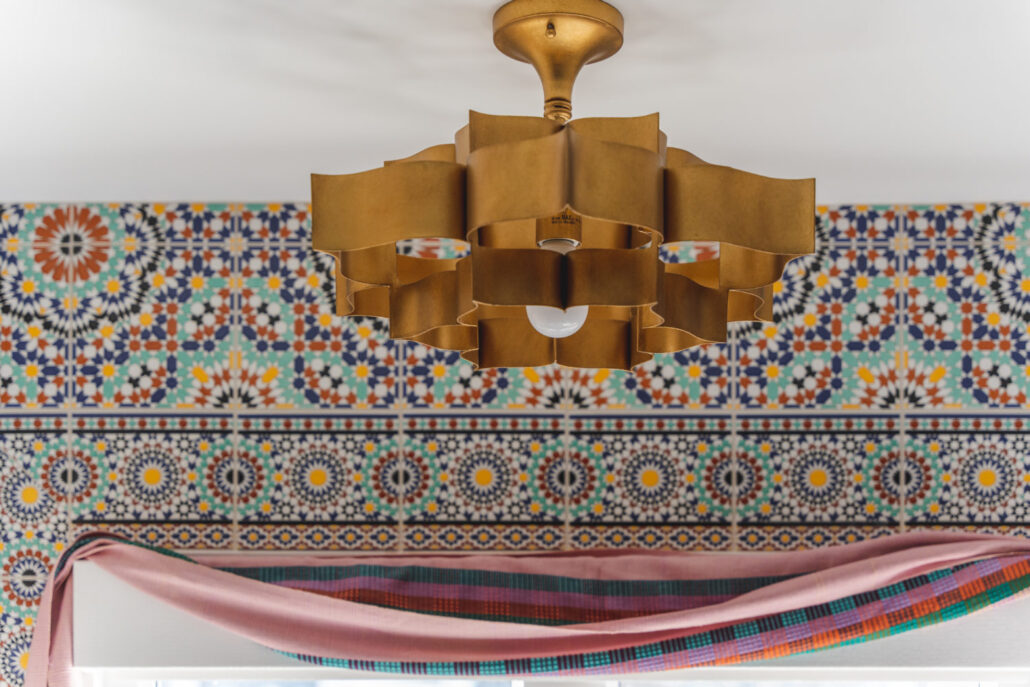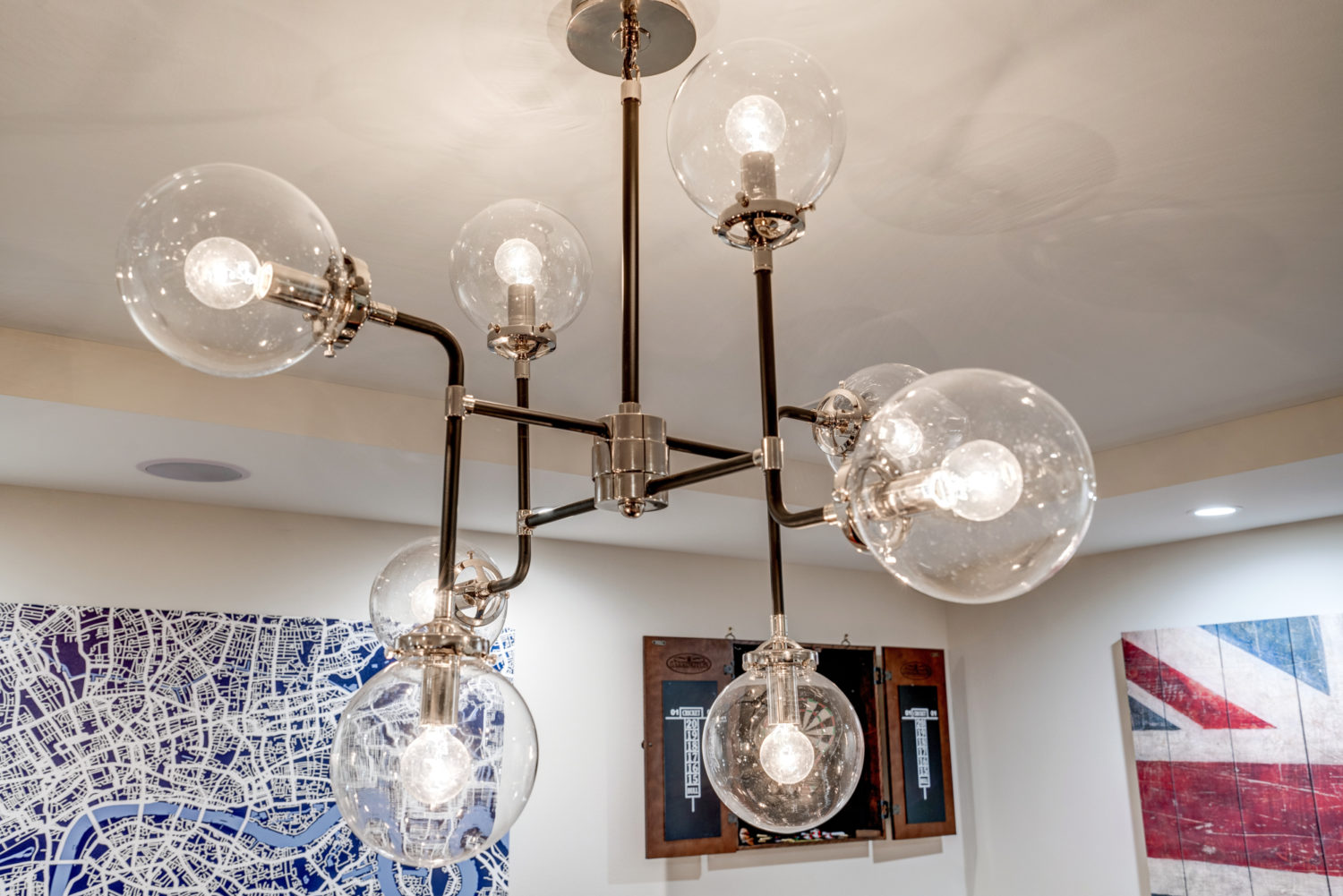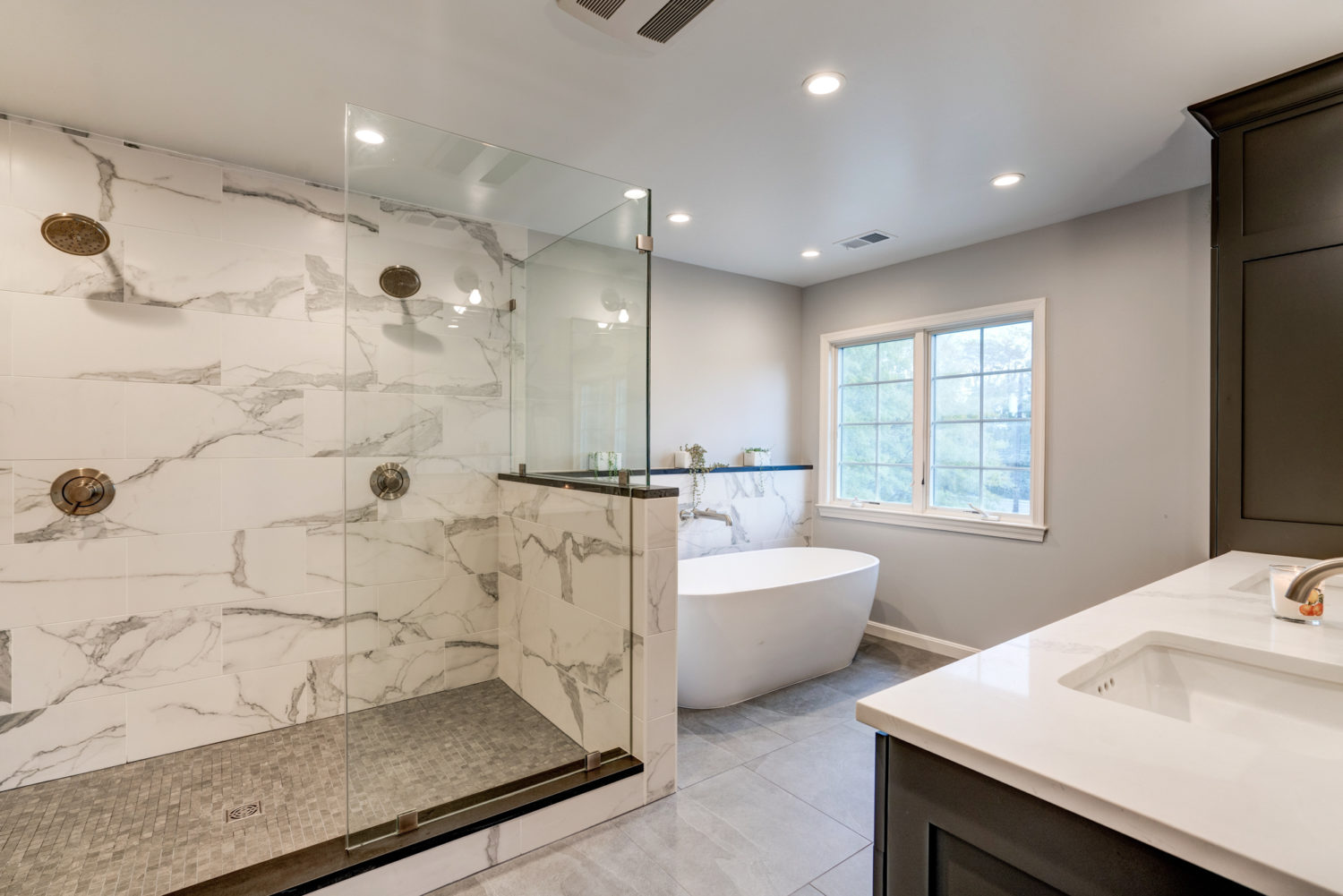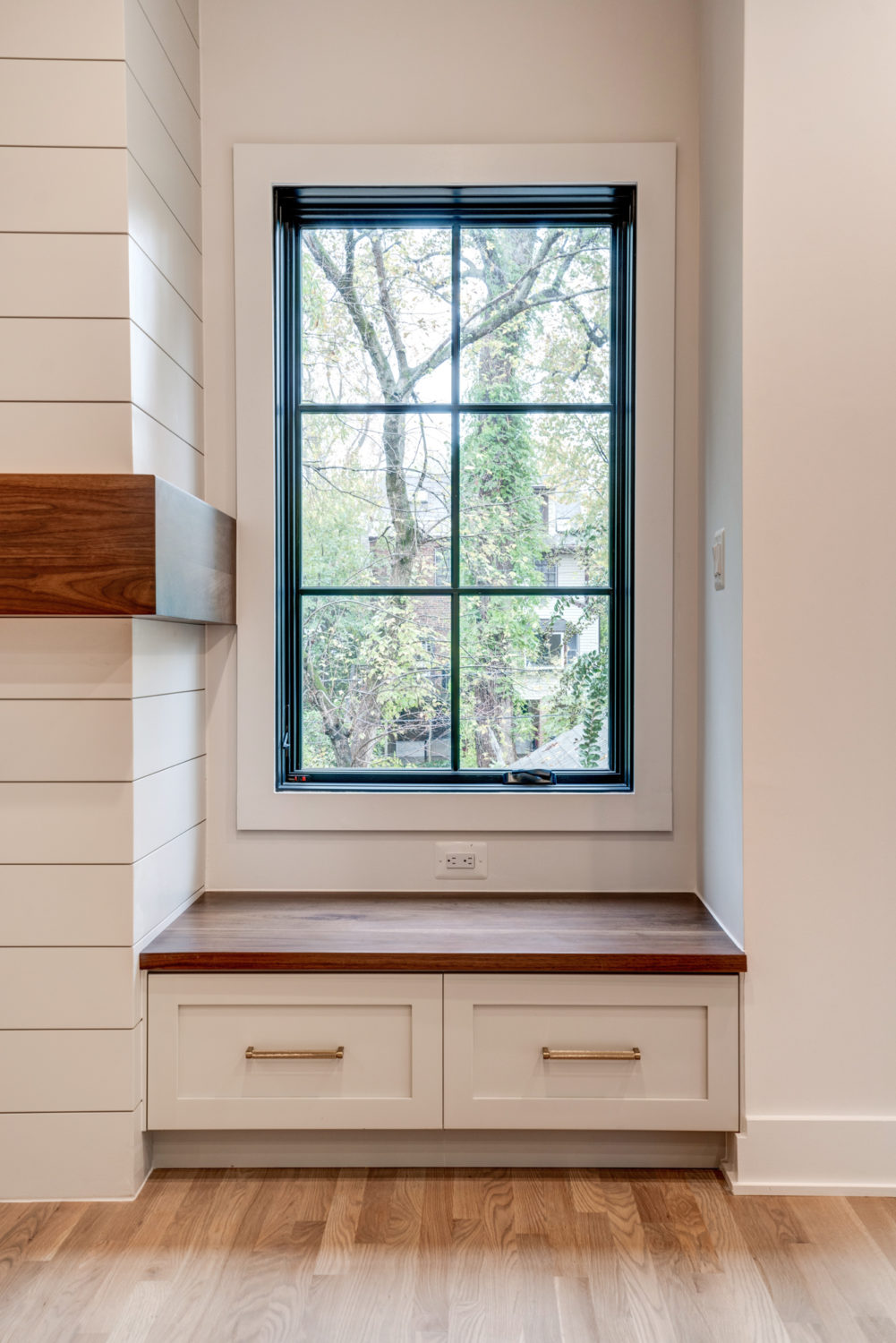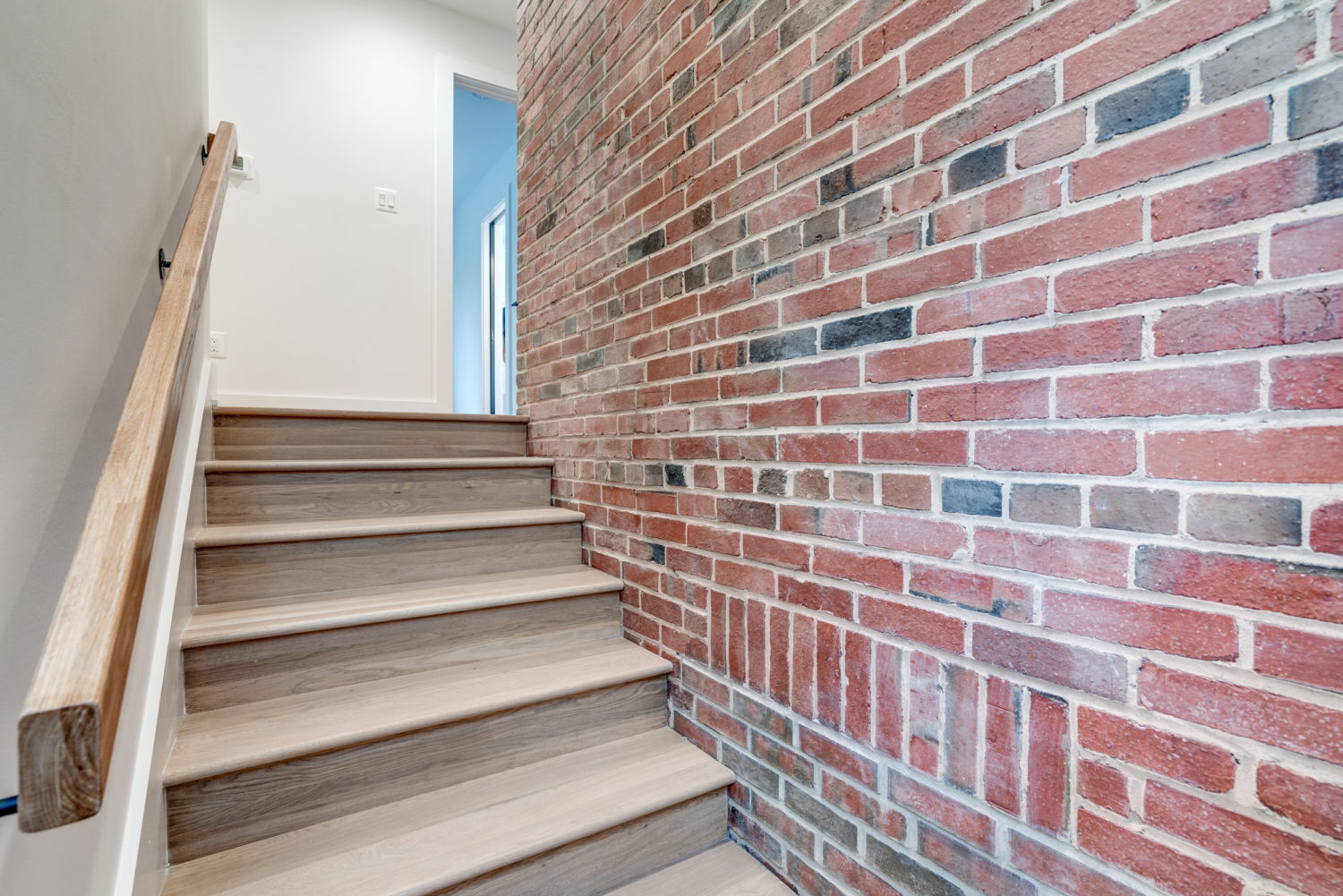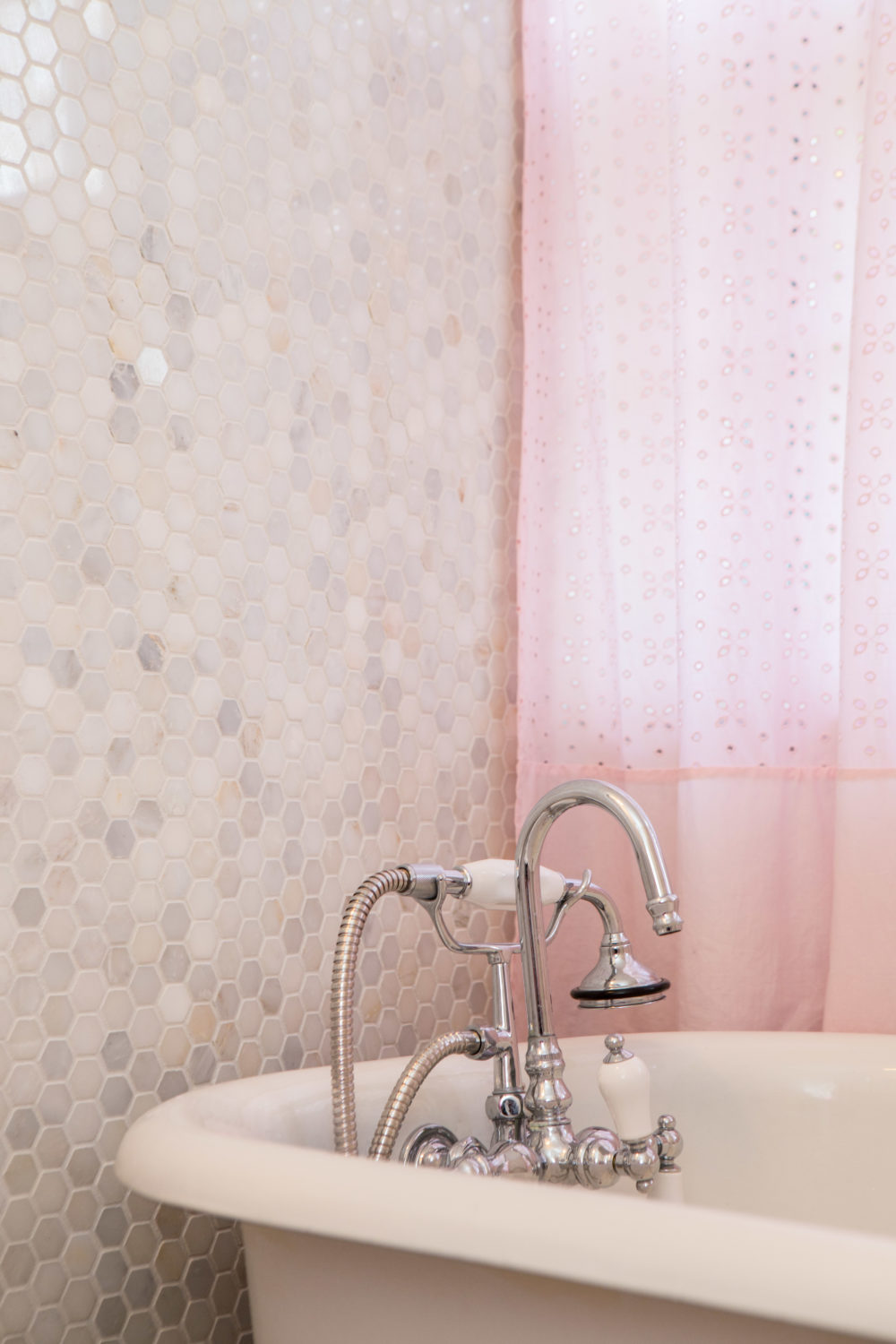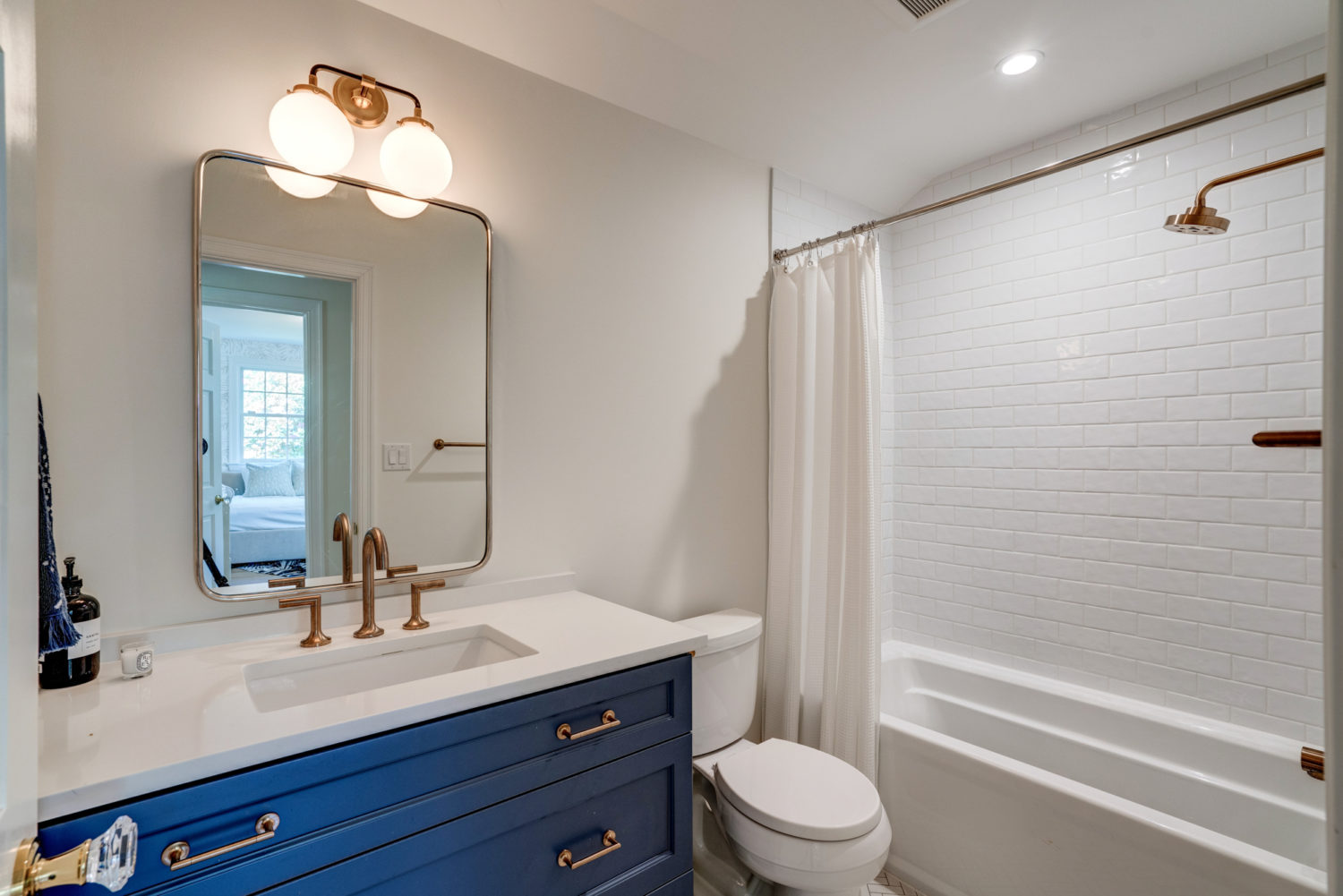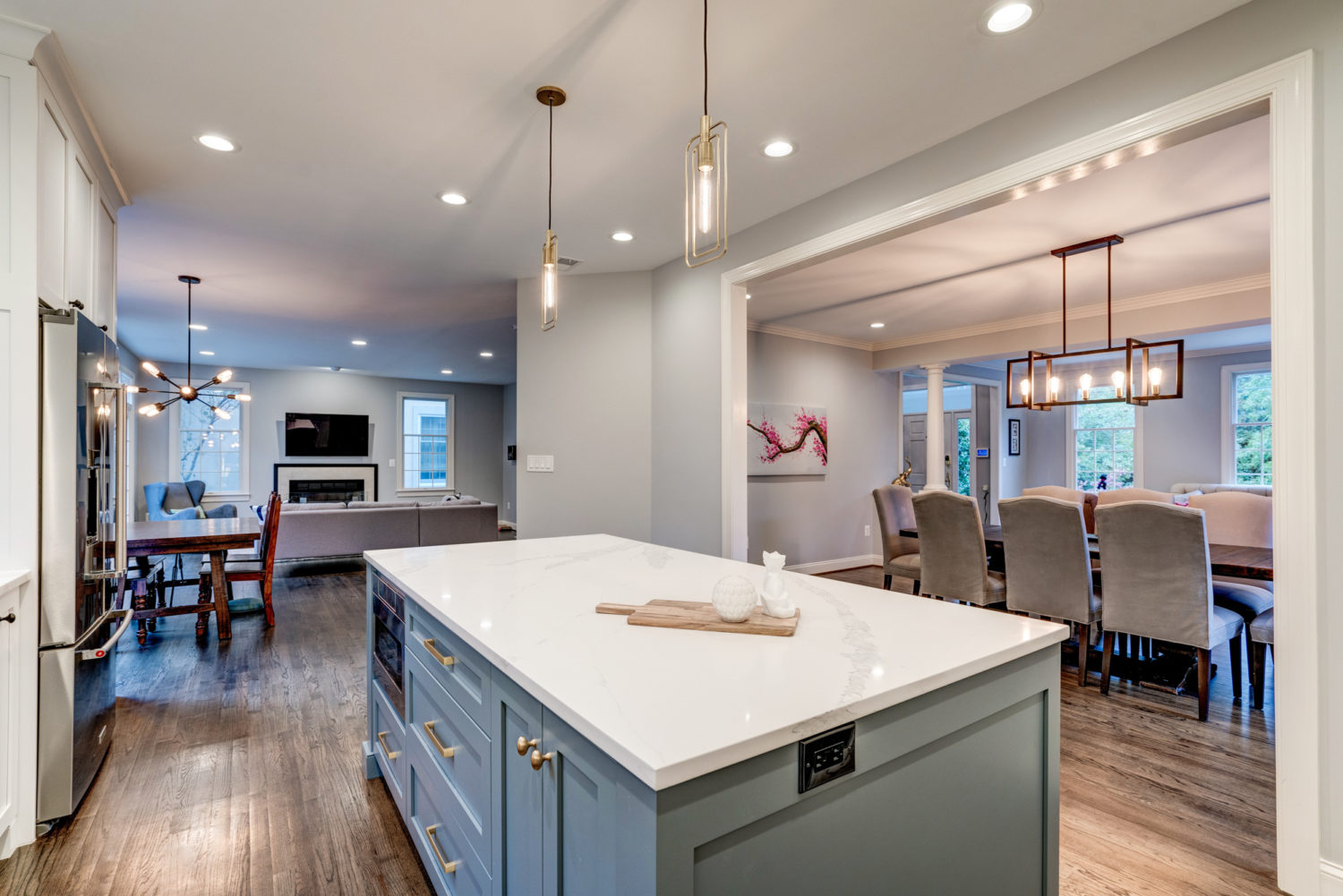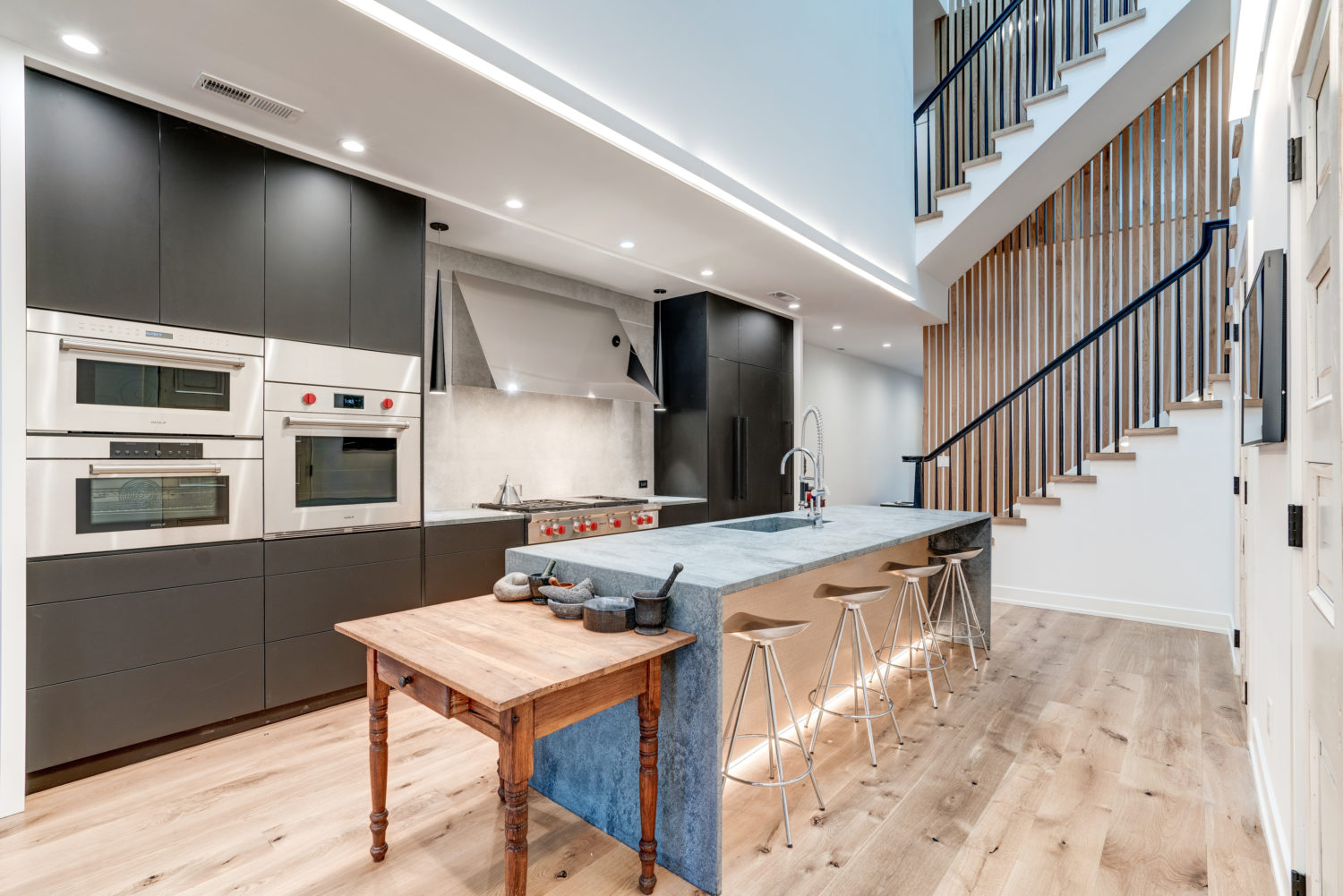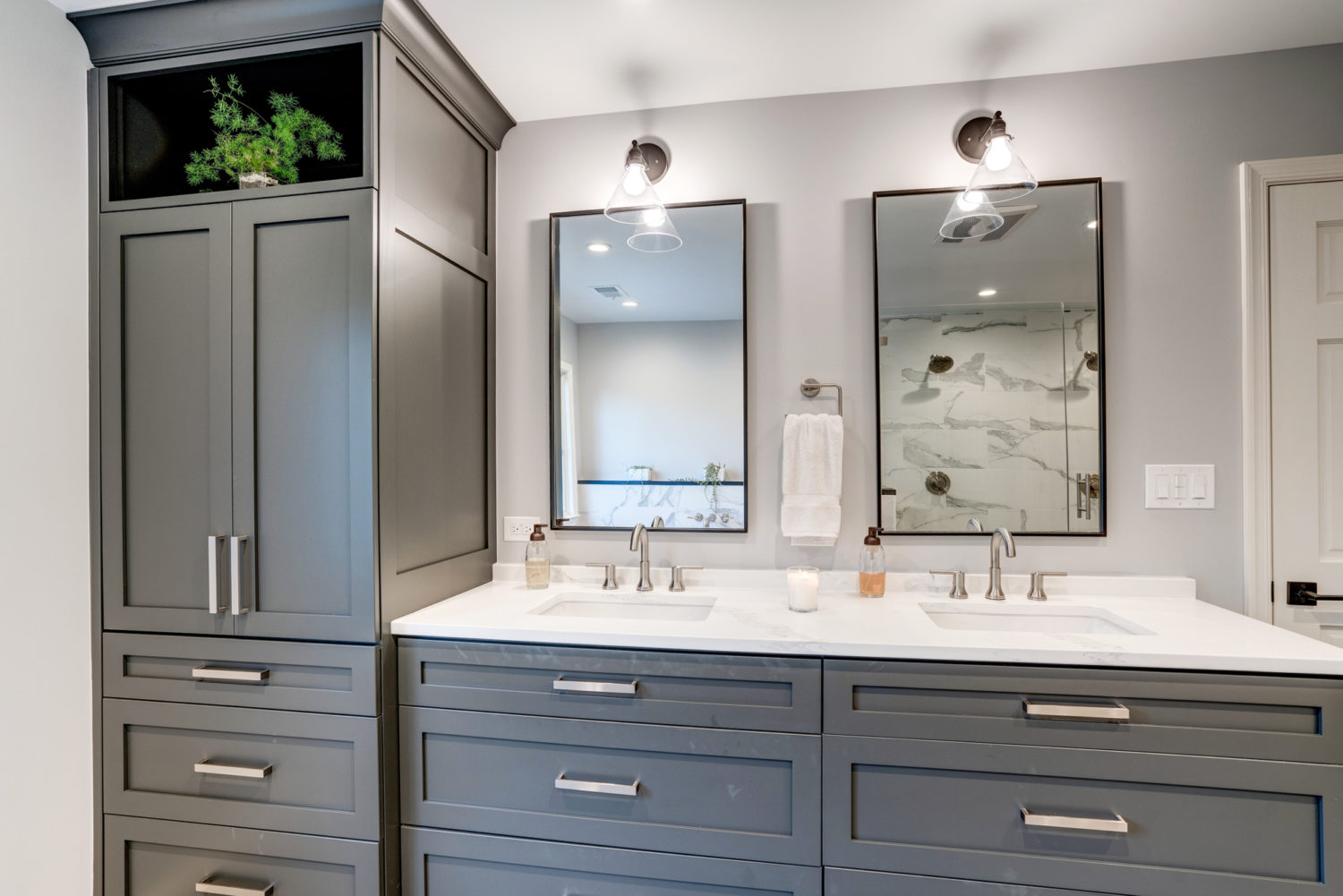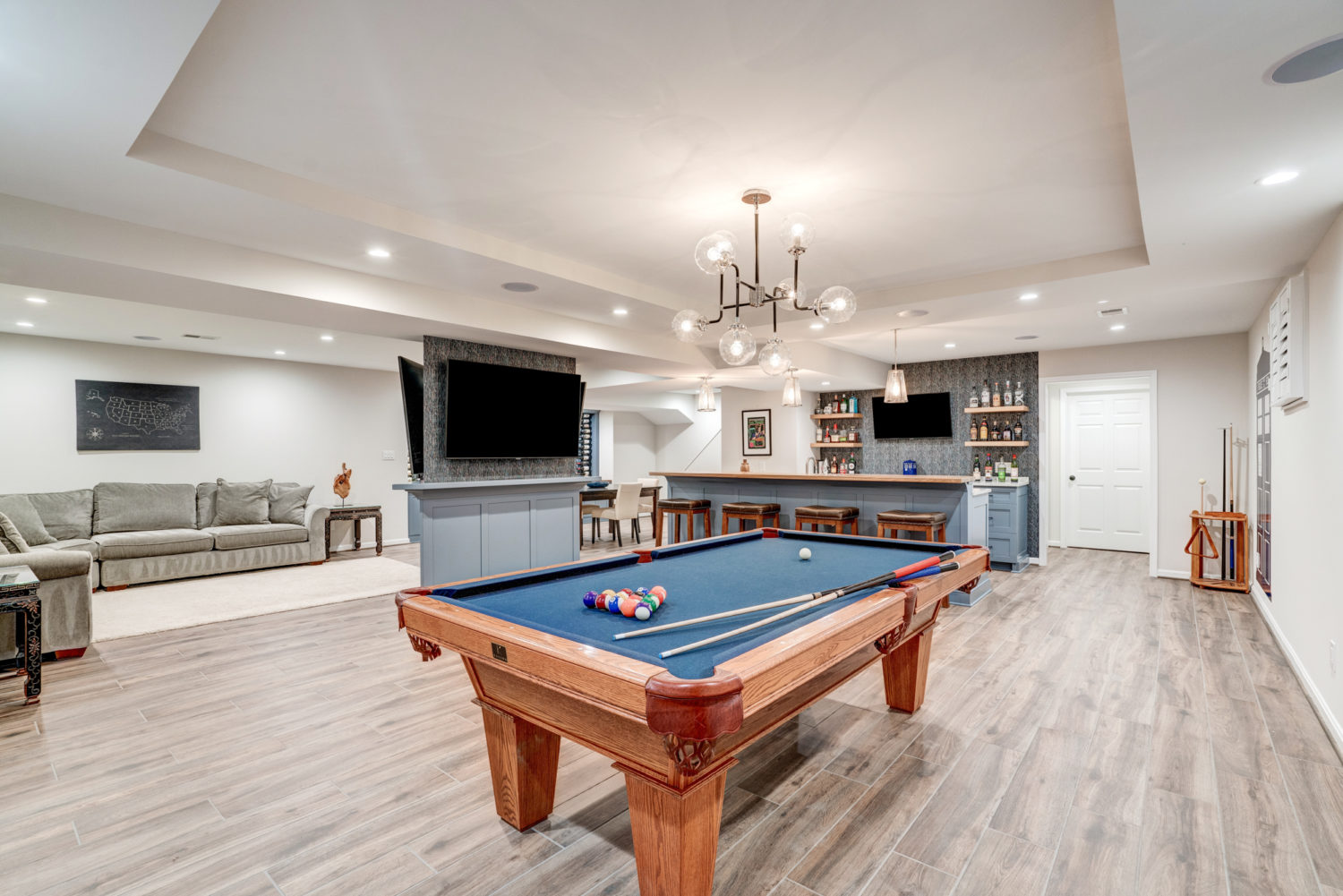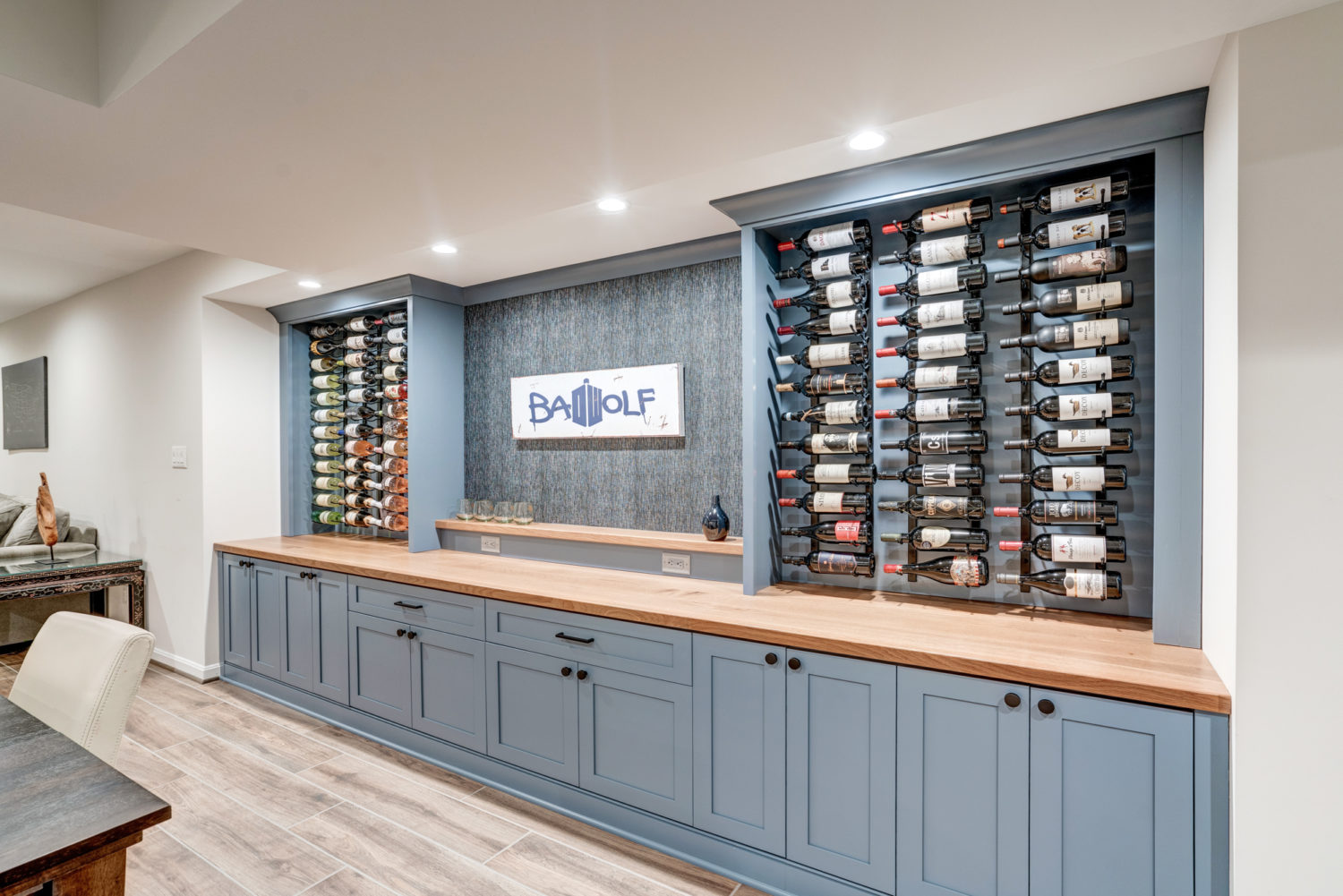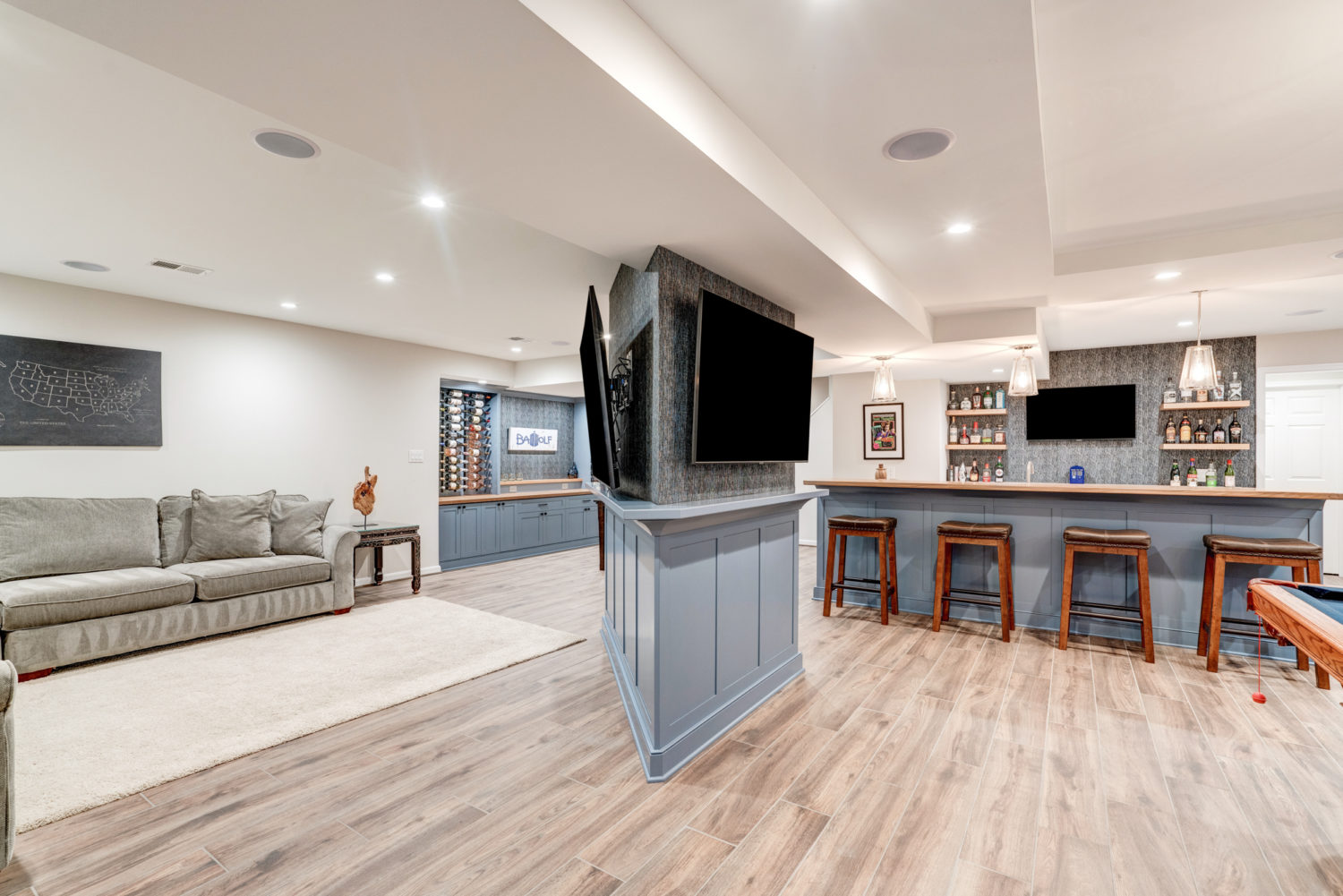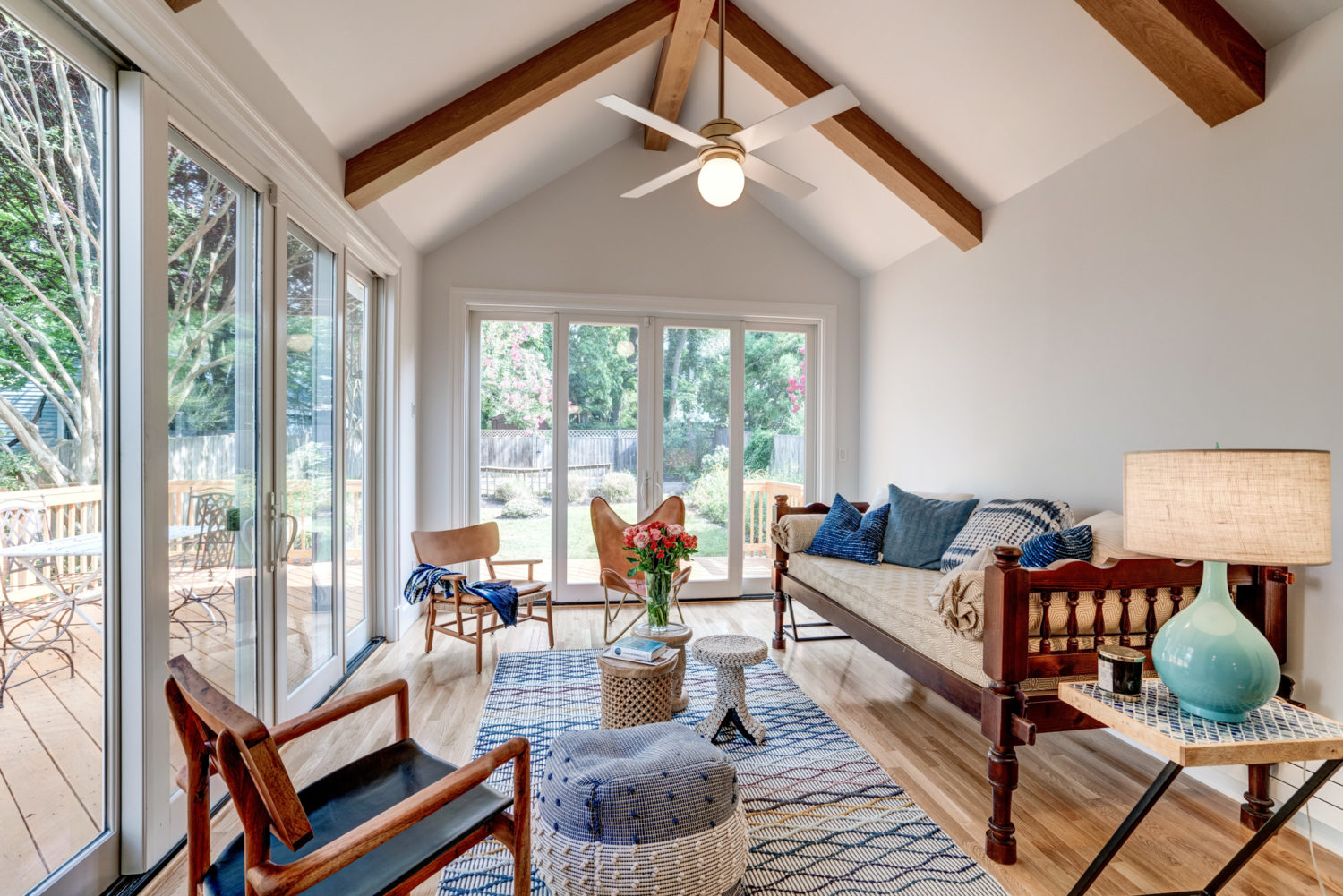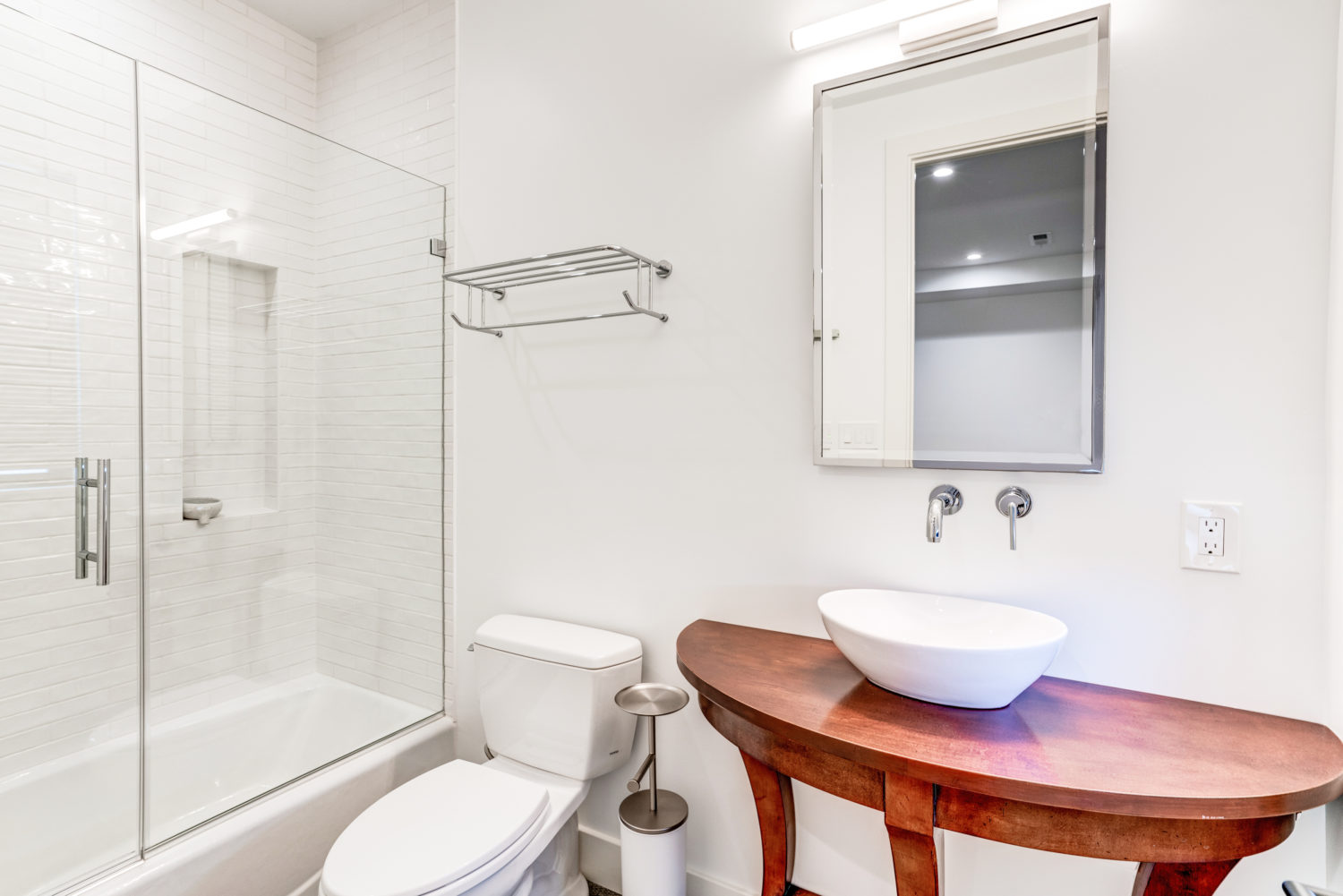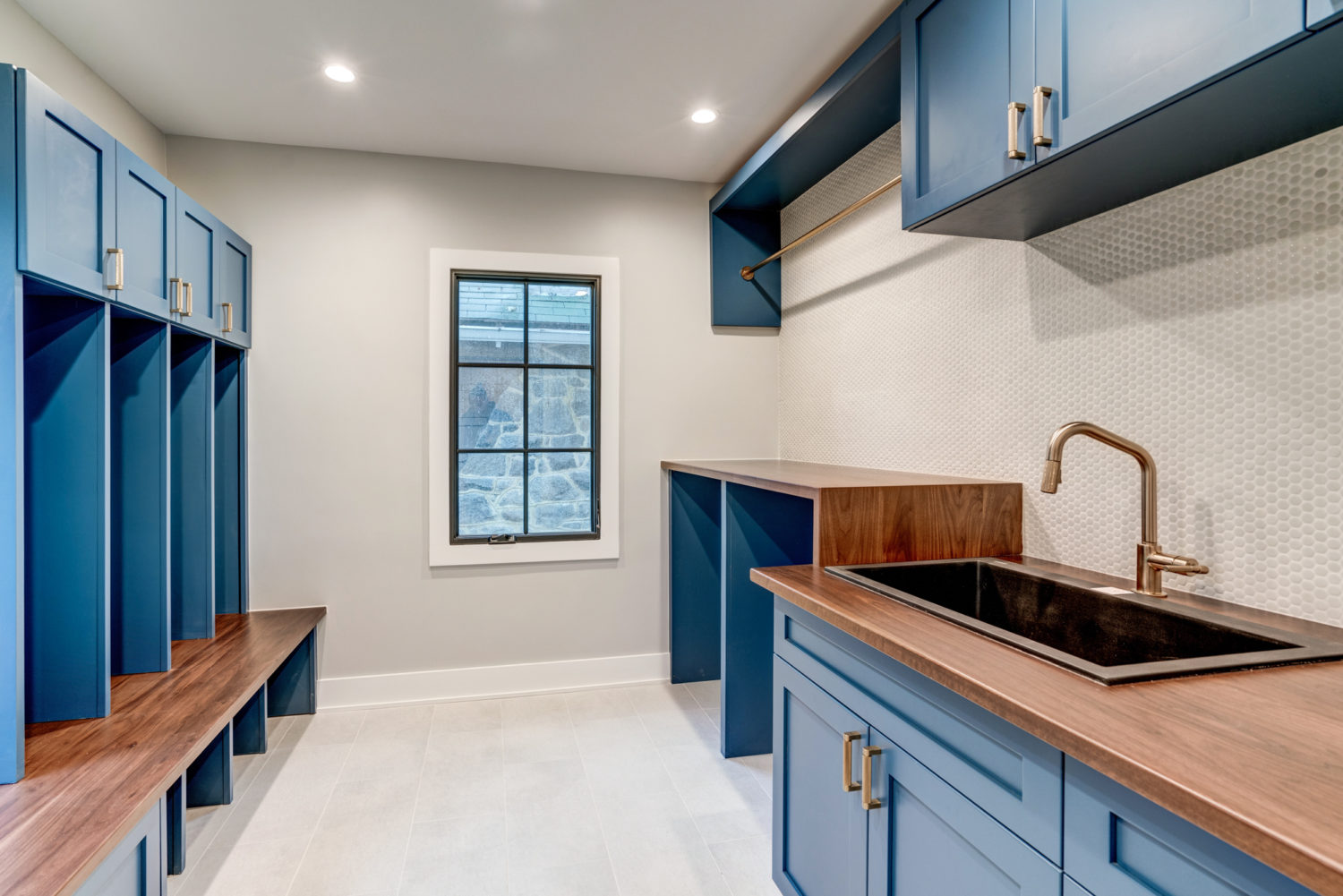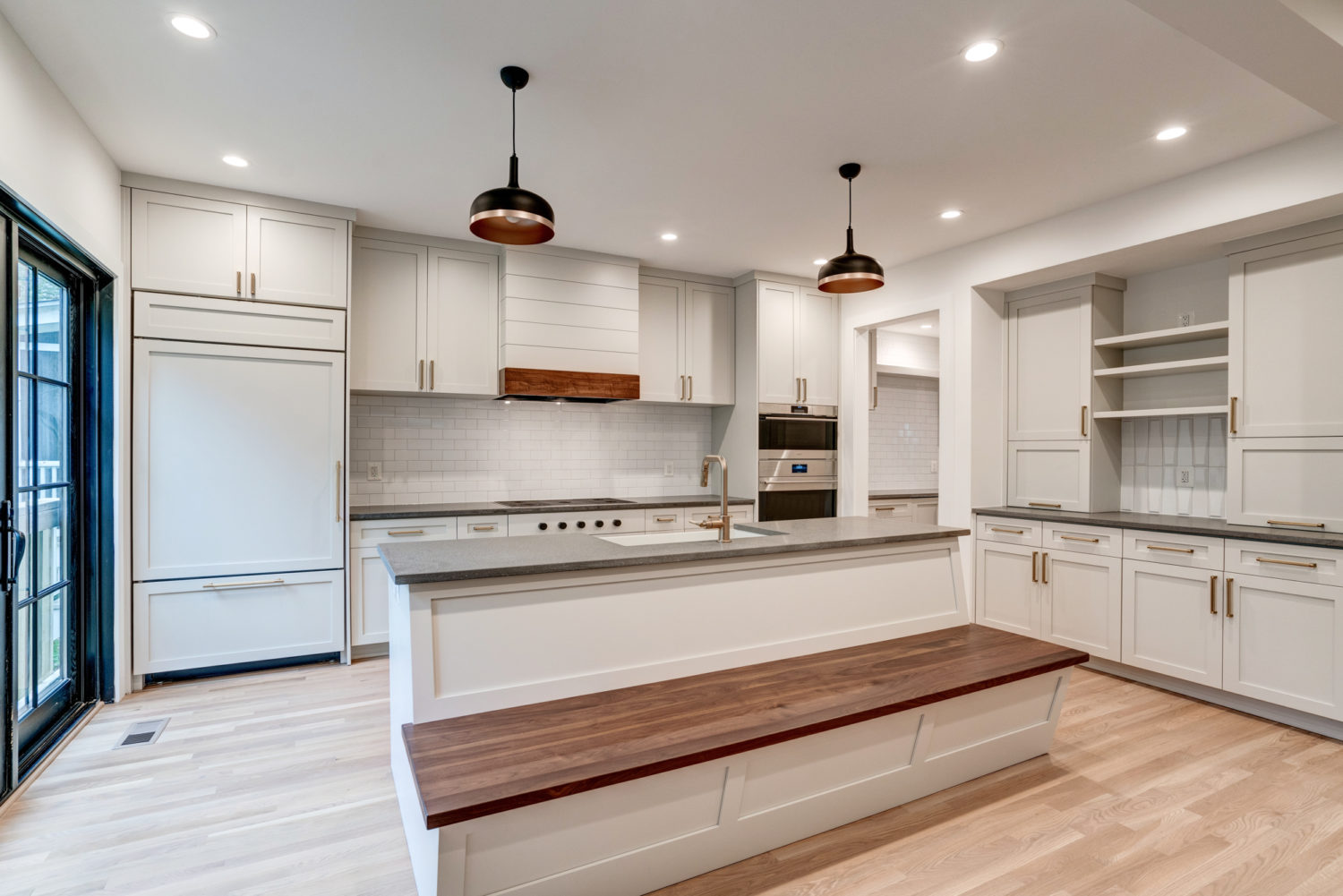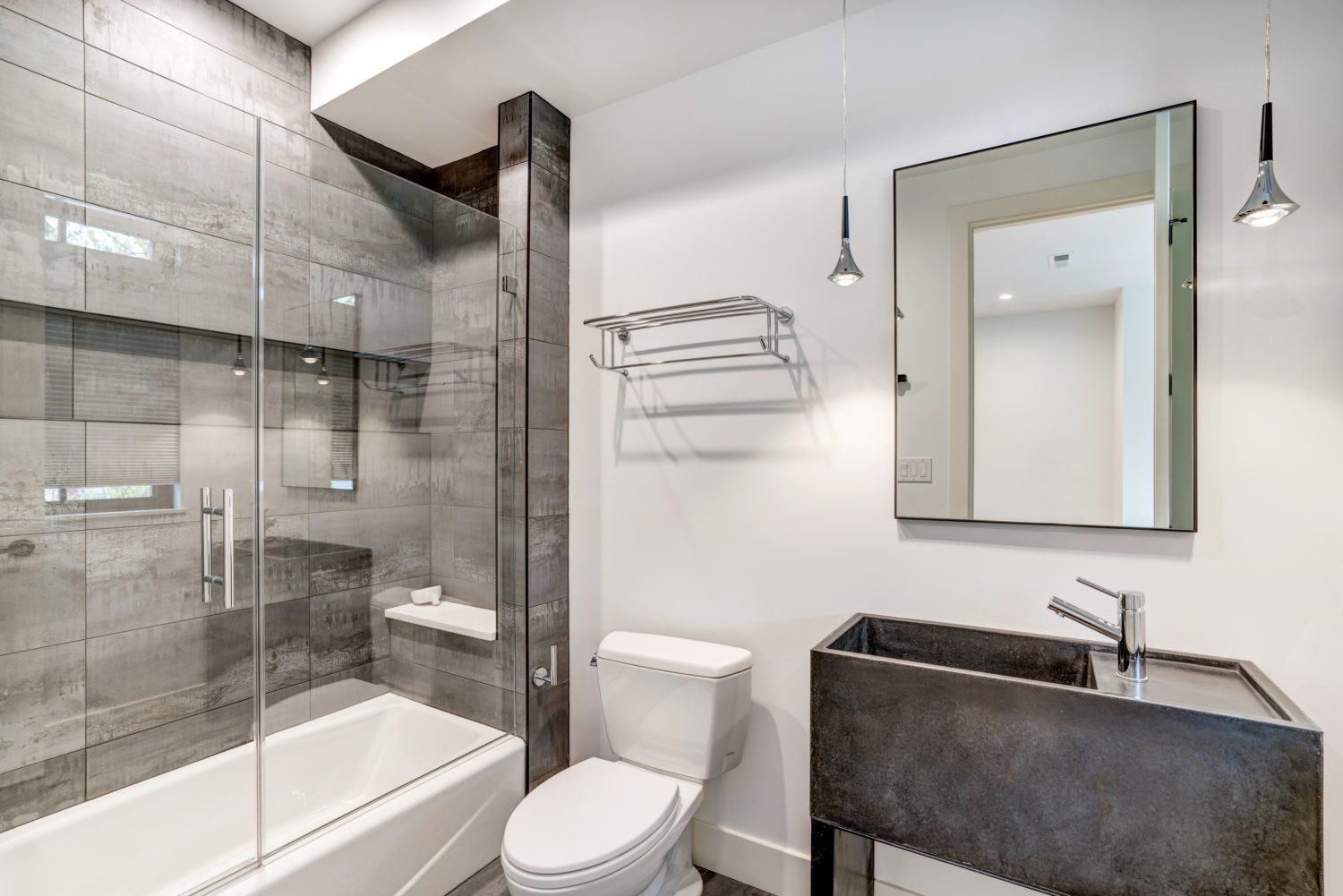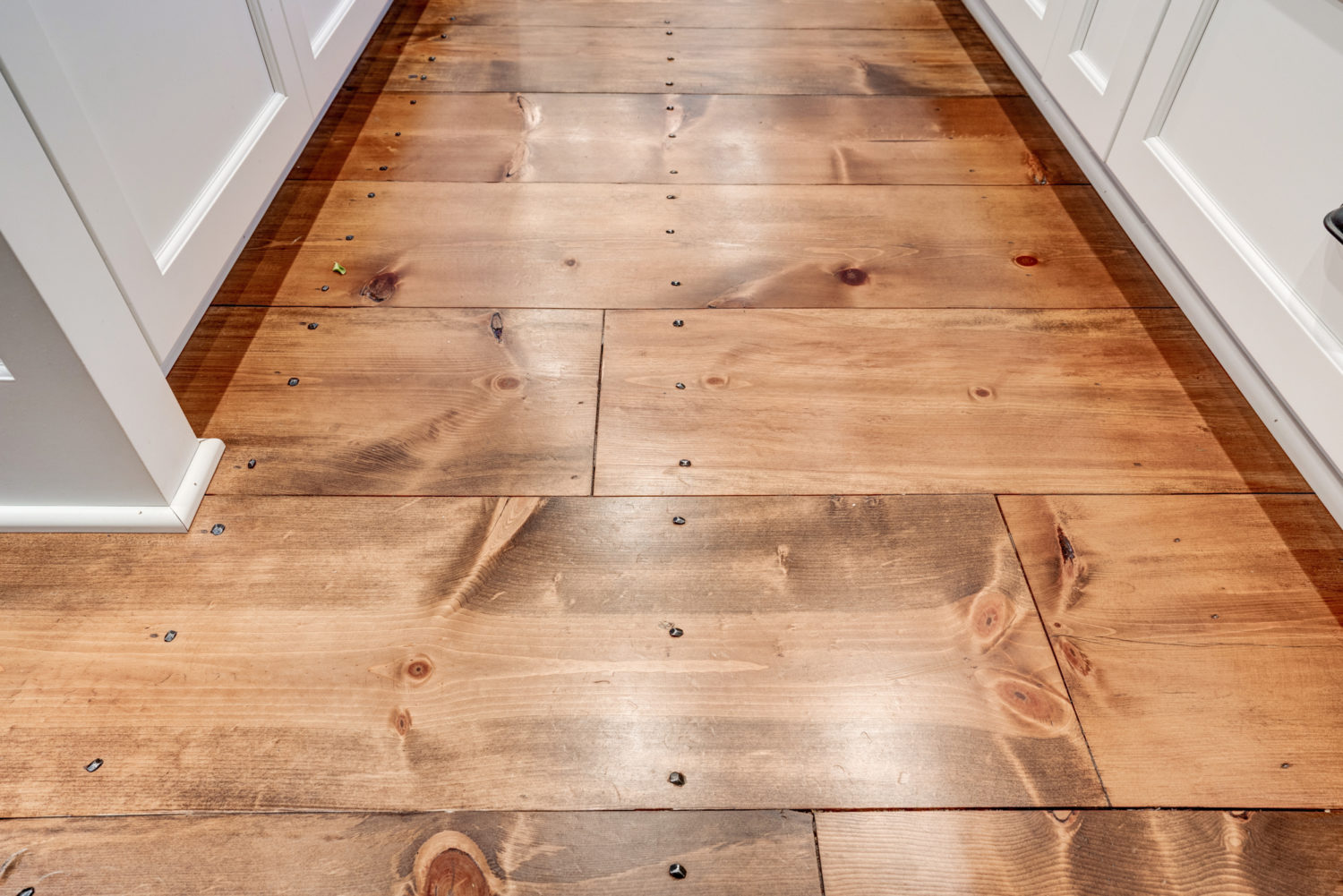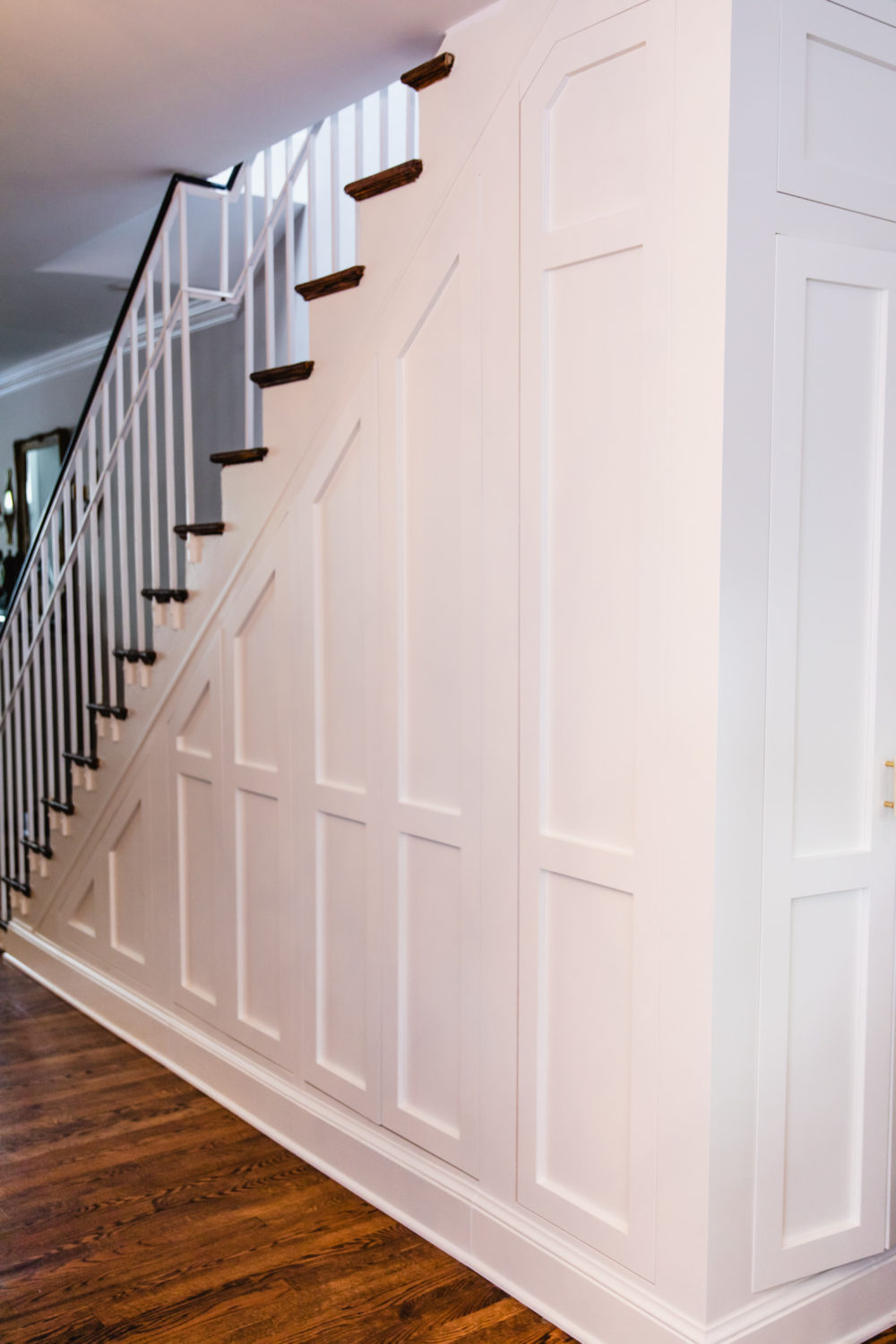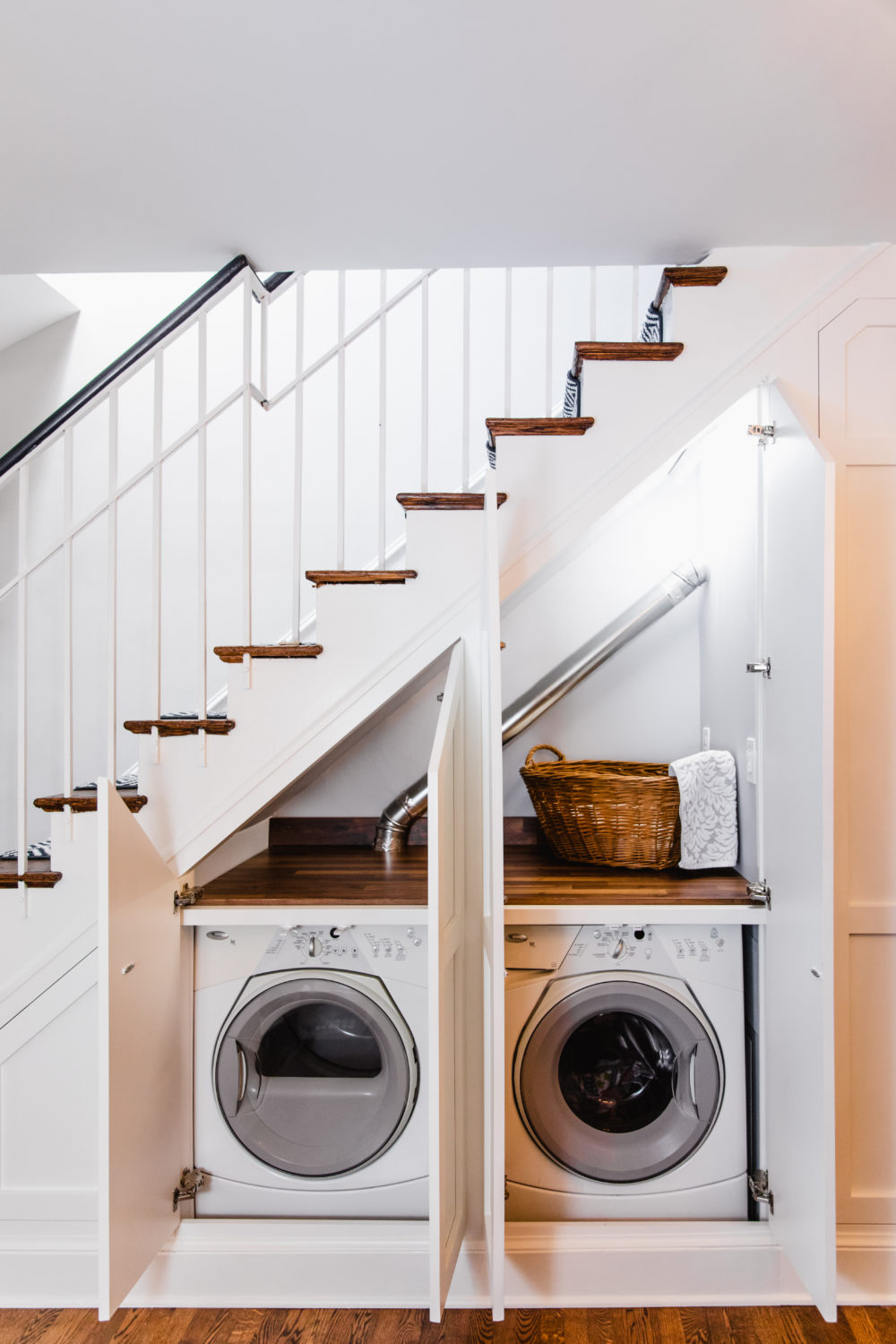How to Choose Your Home Design Style: A Complete Guide
Remodeling or designing a home should feel exciting, not overwhelming. Yet with so many interior design styles and architectural options—modern farmhouse, transitional, industrial, traditional, and more—it’s easy to feel stuck. Choosing your home design style is about more than just appearance; it influences comfort, functionality, and long-term satisfaction with your living space.
This guide will help homeowners in Washington, D.C., Maryland, and Northern Virginia cut through the noise and find a style that balances beauty and lifestyle needs. You’ll learn the major design styles, how to assess what fits your personality, ways to blend multiple looks, and the importance of professional design-build planning. By the end, you’ll feel confident in choosing a home design style that works today and endures tomorrow.
Timeless Home Design Classics
What inspirational images and design features ignite your passion, create peace, and catch your eye?
Transitional
A balanced blend of traditional structure with modern simplicity. Expect neutral colors, plush textiles, and mixed metals. Perfect for those who enjoy both comfort and refinement.
Modern
Rooted in mid-20th century design, modern homes favor clean lines, glass, and wood like teak or walnut. Sub-styles include mid-century modern and organic modern.
Contemporary
Defined by open layouts, bold geometry, and natural light. This ever-evolving style borrows from multiple eras and often incorporates sustainable materials.
Modern Farmhouse
Rustic yet sophisticated, this style blends salvaged wood, shiplap, barn doors, and neutral palettes. Pops of sage green or deep navy keep it fresh.
Industrial
Inspired by converted warehouses, this style highlights exposed brick, metal, and reclaimed wood. Large lofts and urban row homes in Washington, D.C., showcase it beautifully.
Traditional
Formal, symmetrical, and heritage-driven. Think carved furniture, layered drapery, and classic materials. Traditional design anchors other styles and never goes out of fashion. Explore Hammer’s portfolio of remodels to see these styles brought to life.
Step 1: Collect Inspiration
The easiest way to discover your design style is to surround yourself with inspiration. Browse Pinterest, Houzz, and Hammer’s kitchen remodeling gallery to see real projects in action. As you scroll, notice patterns—whether it’s flooring types, furniture lines, or specific color palettes. Identifying what catches your eye consistently will help narrow your choices.
Step 2: Audit Your Lifestyle
A home design style should do more than look good—it should support your lifestyle. If you have kids or pets, you’ll need durable finishes and family-friendly layouts. Those who work from home may want quiet nooks or private offices. A contemporary design often prioritizes openness and flexibility, while traditional interiors lend more structure and defined rooms. Thinking about daily needs ensures your design feels timeless and practical.
Newcomers to design often confuse contemporary with modern interior design styles. Contemporary style is of the moment and free of restrictive design rules, whereas modern design represents an updated revision to more mid-century designs with squared graphic lines.
When deciding on contemporary interior design, consider whether you are drawn to detailed moldings on walls and windows, open layouts, exposed legs and clean, straight lines on furniture, mirror and glass to reflect light, neutral colors in paint and textured fabrics, and a light and airy feel to your living space. Contemporary-designed furniture prioritizes comfort, with plush cushions and textures like suede and velvet.
Step 3: Test Styles Room by Room
Instead of tackling an entire renovation at once, experiment with style in a smaller project. A bathroom remodel is an excellent testing ground. Adding spa-like features, organic modern materials, or bold tiles can help you explore whether the look fits your taste. This low-risk approach builds confidence before moving forward with larger projects like whole-home renovations.
Modern interior design generally showcases square shapes and forms without extra flare or embellishments beyond an occasional pop of color to contrast with a typically calm, peaceful, and neutral pallet from floor to ceiling. Furniture features clean, whimsical, smooth lines with sleek but not varnished surfaces and is often designed to cradle the body for comfort. Furniture is also an art statement with a hairpin or tapered legs and organic shapes and forms.
Step 4: Blend Thoughtfully
If you love aspects of more than one style, blending can be the answer. Transitional design makes it easy to combine rustic farmhouse elements, like reclaimed wood beams, with sleek contemporary lighting or cabinetry. Done well, this creates cohesion and prevents your home from feeling like a mismatched collection of trends. The goal is balance—merging influences without losing harmony.
Step 5: Work With Professionals
Even with careful planning, choosing and executing a style can be complex. That’s where an experienced design-build team becomes invaluable. Professionals ensure your aesthetic choices align with structural realities, local building codes, and your budget. They can also guide you on details like materials, finishes, and layouts—helping you bring your vision to life while avoiding costly mistakes.
Classic Mid-Century Modern Interior Design Style
Classic mid-century modern interior design remains timeless, no matter the decade. Emerging in the 1950s and 1960s, this style was created by American furniture and fabric designers who wanted to break away from overly ornate traditions and embrace simplicity, functionality, and clean lines. A defining feature of mid-century modern design is its breezy, seamless flow that often extends living areas outdoors. Sunrooms, enclosed porches, extended decks, and floor-to-ceiling glass windows or sliding doors are common, making nature itself part of the décor. For homeowners considering whole-home renovations, incorporating these indoor-outdoor elements can dramatically enhance both lifestyle and property value.
Although the once-standard avocado green refrigerators, orange shag rugs, and mustard yellow throw pillows are no longer the centerpiece of modern homes, these bold colors are still used today as accents to bring warmth and character into a space. When paired with darker woods like walnut, rosewood, or teak, these tones create the rich contrast that defines mid-century interiors. Statement furniture—such as an Eames lounger, a wishbone chair, or the iconic egg chair—completes the authentic look. Many Hammer clients incorporate these signature pieces into living room remodels to preserve the integrity of the style while still achieving a functional, updated space.
For those interested in adding mid-century modern details into specific rooms, projects like kitchen remodeling or bathroom updates are great starting points. A kitchen can feature sleek walnut cabinets with minimalist hardware, while a bathroom remodel may highlight clean-lined vanities and bold geometric tile. These subtle but deliberate touches keep the design rooted in mid-century traditions without feeling outdated.
Mid-century modern design continues to influence contemporary architecture in Washington, D.C., Maryland, and Virginia. Whether you’re planning a full home addition or refreshing existing spaces, integrating mid-century details ensures your home maintains both personality and long-term appeal.
The once-standard avocado green refrigerators, orange shag rugs, and mustard yellow throw pillows are currently outdated design features. Although no longer on a large scale, these colors do remain a constant today to add pops of color to accent a room. They continue to compliment rich, luxurious darker woods, like walnut, rosewood, and teak. You may even find an Eames lounger, the wishbone chair, or the egg chair to complete your home’s authentic classic mid-century modern interior design style.
Organic Modern Interior Design Style
Organic modern interior design blends the simplicity of mid-century modern with the warmth of natural elements, creating a space that feels both contemporary and inviting. Inspired by Danish design from the 1950s and 60s, organic modern interiors showcase clean lines, unpretentious silhouettes, and an emphasis on functionality. Instead of relying on bold colors like avocado green or mustard yellow, this style finds beauty in subtlety. Neutral-colored textured rugs, layered window treatments, and simple furniture fabrics come together to create depth and comfort without overwhelming the eye.
A hallmark of organic modern design is its use of light-toned woods—such as oak, birch, or maple—paired with iconic lighting fixtures in black, chrome, brass, or gold. The layering of natural materials provides interest and sophistication while keeping the overall feel casual and minimal. Homeowners looking to integrate this style into their space may start with kitchen remodeling by combining clean cabinetry lines with organic stone countertops, or with a bathroom remodel featuring soft neutrals, natural stone tiles, and warm wood vanities. For those considering larger transformations, Hammer’s whole-home renovation services make it possible to carry organic modern elements seamlessly throughout every room.
Urban and Modern Farmhouse Interior Design Style
Modern farmhouse design continues to dominate in popularity because it balances tradition with contemporary sensibilities. Rooted in rural and agricultural inspirations, modern farmhouse interiors celebrate natural wood, salvaged materials, and clean lines, but they present these elements in a simplified, cohesive way. The hallmark features—barn doors, shiplap, and wide-plank wood flooring—create depth and visual interest, while a mostly neutral palette keeps the look fresh. Pops of earthy colors, such as sage green, burnt orange, or navy, add seasonal flexibility without overwhelming the space.
In urban environments like Washington, D.C., modern farmhouse elements are often adapted into row homes, lofts, and new builds. Barn doors remain a popular alternative to pocket doors, saving space while adding character. Shiplap feature walls offer a striking backdrop for art, vintage finds, or family heirlooms collected from flea markets and estate sales. For homeowners interested in this style, starting with a home addition that incorporates farmhouse details or remodeling high-traffic spaces like the kitchen can bring the look to life. Hammer’s portfolio of farmhouse remodels demonstrates how rustic charm can be seamlessly blended with modern functionality to create homes that feel timeless, warm, and deeply personal.
In modern farmhouse design, doors and walls are as essential as wide-plank wood flooring; raw-wood furniture; rustic weathered woods and whitewashed finishes; a connection to nature and greenery; open concept living; mixed contrasting metals from black to gold to nickel; sleek lighting; creative accessories; and neutral or black and white color palettes. Pops of color often represent nature, including sage green, burnt orange, deep navy, or a plaid combination of all. Décor is easily changed seasonally and often serves an organizational or inspiration purpose.
When considering the modern farmhouse style, warm, practical, comfortable, and inviting come to mind. Salvaged wood and metals pull together a rustic look with a modern, refined approach to inspiration. Modern farmhouse style is not cluttered and, instead, is considered a modern interior design style. Modern farmhouse design is welcoming and suggests gathering in a brightly lit kitchen, yet incorporates a tinge of traditional formal design in that every style element serves a purpose.
5. Industrial Interior Design Style
Industrial interior design is most effective in urban areas, like Washington, D.C. row homes or lofts, where it seems natural to expose pipes, rustic wood beams, unfinished metals, brick walls, or concrete floors. It leans towards a clean-lined, distressed, minimalistic warehouse or factory-esque style dating back to the end of the second industrial revolution. Anything with a rugged patina, signs of aging, vintage charm, or a reclaimed vibe is perfect for the bones of a remodel and home design décor.
Set against a neutral color scheme, cozy textiles, and oversized artwork soften the foundation and infrastructure found in the industrial approach and conveys the soul of the home. Moody hues, heavy metal pieces, and leatherwork well with industrial interior design as it creates a steampunk aesthetic.
If you are thinking about remodeling your home’s interior design, Washington, D.C.’s Hammer Design Build Remodel is interested and well-positioned to work with you to design and create your dream home through custom renovations.
Contact Hammer Design Build Remodel to discuss your upcoming home renovation.
Tools, Costs, and Examples
Style Comparison Checklist
-
Transitional: Balanced, timeless, versatile
-
Modern: Minimal, mid-century influence
-
Contemporary: Trend-forward, evolving
-
Farmhouse: Rustic warmth with modern polish
-
Industrial: Raw, urban edge
-
Traditional: Classic, formal, heritage-driven
Real-World Inspiration
Each project demonstrates how professional design brings clarity to style decisions while keeping functionality at the forefront.
Mistakes to Avoid When Choosing a Style
Overcommitting to Trends
Design fads like all-gray interiors may feel outdated in a few years. Use trends sparingly as accents, not foundations.
Ignoring Functionality
Choosing ornate furniture in a family home or fragile materials in a kitchen remodel is impractical. Balance beauty with daily use.
Not Considering Resale
Even if you love bold, eclectic styles, blending them with more classic foundations increases resale value in competitive housing markets like Bethesda or Chevy Chase.
Frequently Asked Questions
How do I know which home design style fits me?
Start with inspiration boards. Look for repeated elements across images—colors, shapes, or layouts you gravitate toward.
Can I mix multiple design styles?
Yes. Transitional design is built on blending. The key is cohesion: limit your palette and repeat materials for unity.
Which design style increases resale value?
Transitional and modern farmhouse rank high for buyers because they balance timeless appeal with livability.
Do styles affect renovation costs?
Not directly. However, material choices tied to style (like marble for traditional or reclaimed wood for farmhouse) can affect your budget.
Where should I start?
Most homeowners begin with kitchen remodeling or bathroom updates, since these rooms provide daily impact and strong ROI.
Conclusion
Choosing a home design style doesn’t need to feel overwhelming. By exploring popular styles, reflecting on your lifestyle, and working with an experienced design-build team, you can create a space that feels both personal and timeless.
Hammer Design Build Remodel specializes in helping homeowners across Washington, D.C., Maryland, and Northern Virginia bring their vision to life—whether it’s a transitional kitchen, a modern bathroom, or a whole-home renovation.
Ready to discover your signature style? Call Hammer Design Build Remodel at 202-559-3990 or schedule a consultation today.

